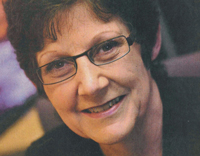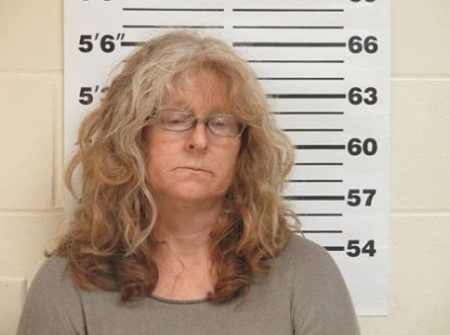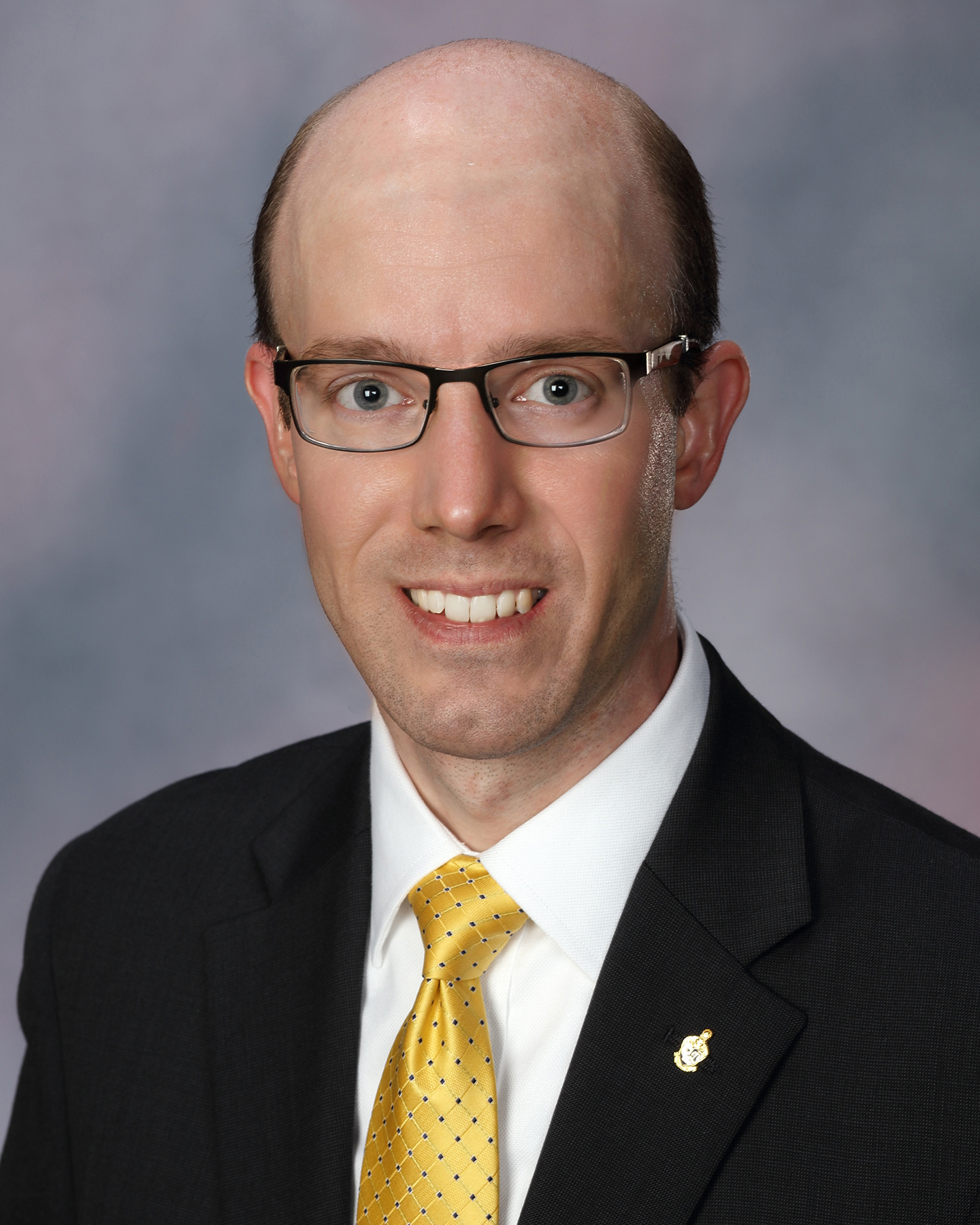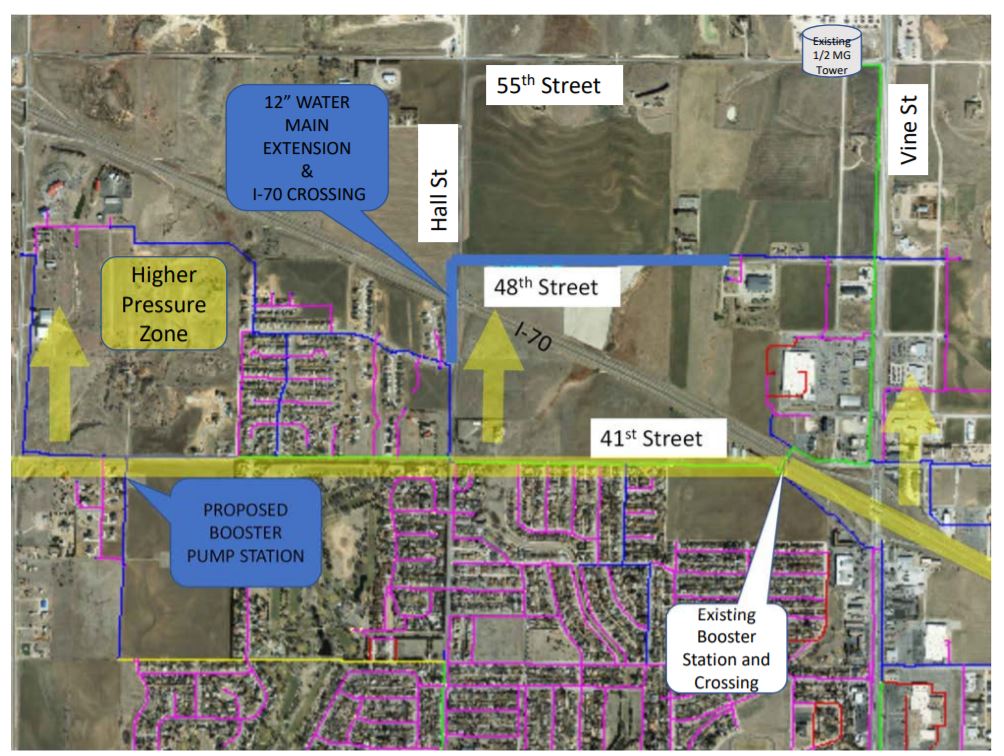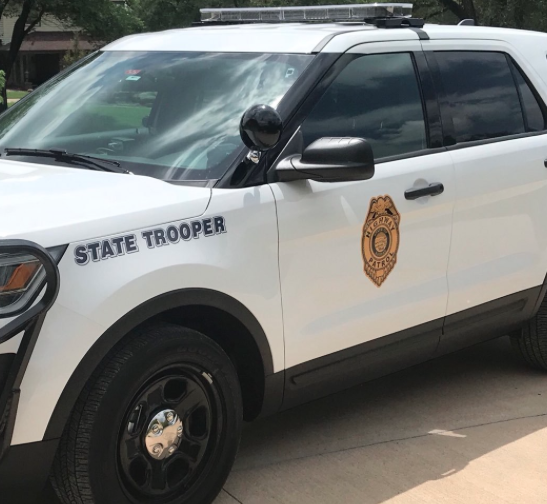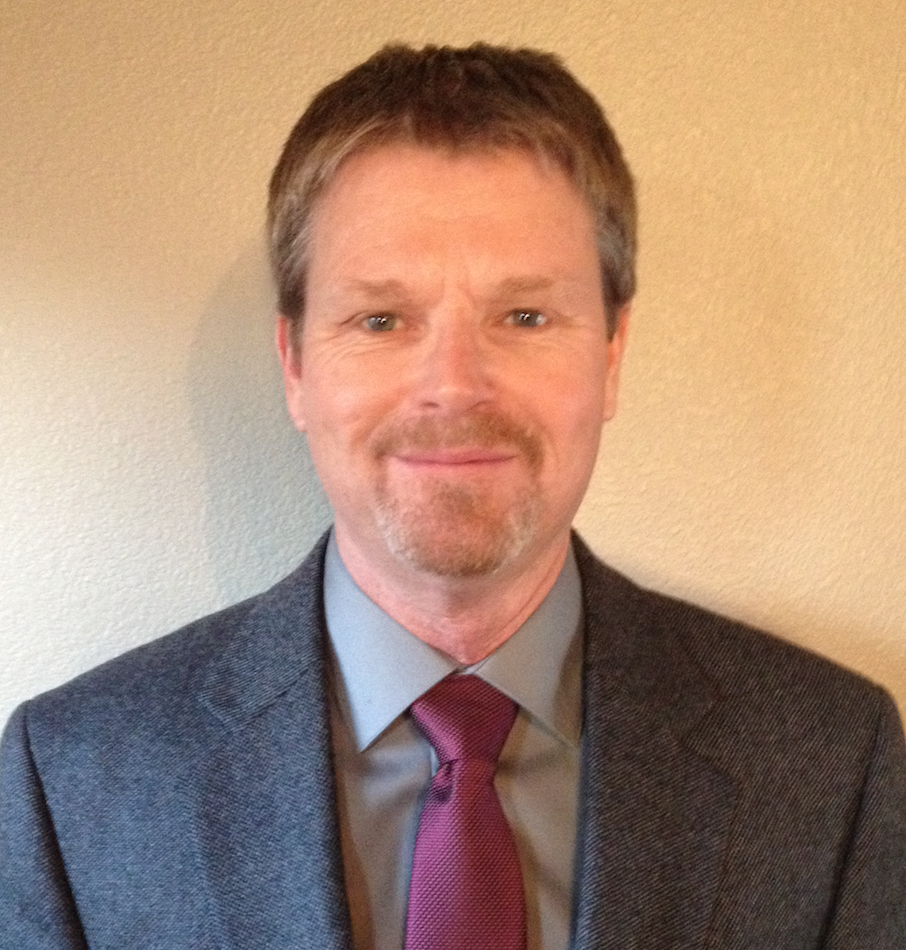
By CRISTINA JANNEY
Hays Post
Candidates for the Hays USD 489 school board discussed how the school district spends its money, specifically on health insurance and transportation, during a debate at FHSU Tuesday.
Nine candidates are running for school board for four open positions. This includes incumbents Paul Adams and Luke Oborny and newcomers Lori Hertel, Cole Engel, Tammy Wellbrock, Alex Herman, Allen Park, Jessica Moffitt and Craig Pallister.
The forum panelists were asked about the district’s health insurance policy and if they thought a $3,500 deductible is too much.
The teachers and the school board are at impasse for the second year in a row. Both sides have said teacher pay and health insurance are the stumbling blocks to reaching an agreement. The two groups are scheduled to meet with a federal mediator Thursday night. Teachers have said they are unhappy about the district’s leaving state’s Blue Cross Blue Shield program for Aetna.
The board has also proposed putting a dollar cap on how much it will pay toward family plans. At present, the district pays a percentage.
Engel said he does not know much about the current program.
“I know a compensation package, not only salary but health insurance, is a big deal for the employees in the district. I think that certainly needs to be analyzed and a decision needs to be made as to whether moving away from the state plan or the plan we currently have if that was a good decision or not,” he said.
Herman said he has spoken to teachers who said they were upset about the switch to Aetna insurance.
“The school board has a duty to make sure the money for the school board is properly spent,” he said. “At the same time, the school board also has a duty to make sure that our students are properly educated. They’re going to be properly educated when we keep the best teachers—when the teachers are properly compensated and when we have a health insurance plan for the teachers that makes them want to stay in the district.”
Hertel said she would like to improve the overall compensation package that is offered to teachers, which includes insurance.
“I think they would be happier,” she said. “I think they would respond better to the school board if that was the case.”
Oborny said.,”The state plan was not good for us at that point. We were going to take a $1.5 million increase, and at that point we really needed to find another option because the budget just wouldn’t support it at all.”
He said Aetna looked comparable. He said he supports a committee to look at other health insurance options.
“As long as the cost doesn’t dramatically increase, I don’t care who we go with,” he said.
Pallister said he is hearing from teachers that Aetna is not a better plan.
“It allowed the district to spend money it was spending on insurance in different ways,” he said.
He continued, “More and more our district needs to look into getting insurance for all our employees. Right now we have a lot of paraeducators, a lot of secretaries that don’t qualify for a fiscal reason. Health insurance is a need of families so we can get the best personnel working for this district.”
Park said “I think the cap is a concern. In one year, there could be a 13 percent increase, and that is just another stress for teachers not to know where that money is going to come from.”
Wellbrock said she would like to see the resurrection of the insurance committee.
“I think [health insurance] is certainly something the next board will need to look further into,” she said. “I believe the board thought it was doing what it thought was best at the time. Many of the people expressed to me, there are generating issues. It isn’t always just about the out-of-pocket expenses, but the quality of service issues that are becoming realized. That is certainly a concern.”
Adams said considering the increase the district was facing with Blue Cross Blue Shield, the board made the best decision fiscally at the time. There were some savings initially that were returned to the teachers.
He said the district is now finding some flaws with that system. Now the the district can shop around and bring the insurance committee in on that process. The cap sets a amount the district would pay and help the district with budgeting.
Moffitt, a health educator, said “With health insurance, price is a key determinant of what you are getting. I believe there may have been some excitement in the programs that Aetna offered for the ability for discounts to be [capitalized] on for certain individuals by participating in certain health incentives that made the plan look like it was really awesome, but the reality of the situation is that it is a huge financial impact on the teachers and thus on our community members.”
Current board members were asked why the school district needs 13 Suburbans.
Adams said having the Suburbans has to do with the quality of education the school district offers its students.
“It’s the Quiz Bowl or sending kids out to Colby to participate in the science lab night or it’s the football team going somewhere or the soccer team,” Adams said. “There are co-curriculars that we all just said we all value in our students. To achieve that, it does mean that we have to get kids there.
“If you start looking at the number of activities and the number of things our students are going to, those are going out, and they’re in use, and they are in use effectively.”
Oborny said, “A lot of it is economics. It is cheaper, and I think Dr. Adams alluded to this, it is cheaper than to run a bus. Sometimes you have just a few students. It’s a lot cheaper to have a suburban and run them round than the cost of a bus.”
Suburbans can also be driven by teachers and volunteers who don’t have CDLs, he said.
“I believe what my district is telling me, and my director is telling me that there is a need for them,” he said.
Moffitt said she saw the opportunity the suburbans gave to students to participate in a career pathways event at HaysMed. She added maintenance is minimal compared to buses.
“The impact it has on helping our community prosper and grow and help business individuals develop their businesses and expand, personally I can say it was a wonderful experience. For that I am appreciative of the Suburbans,” she said.
Engel said he did not know how many Suburbans the district needs, because he has not looked into the travel budget. He said he believes students need the opportunity to travel. He added he thought the question was more a management question rather than a governance question.
Herman also said he did not know if the district needs 13 Suburbans. He said he agreed in some cases using suburbans made more sense compared to using buses. He said how many vehicles the district needs would need to continue to be looked at by the board.
Hertel said she believes the district needs to be fiscally responsible.
“I don’t know if we need 13 Suburbans or not, but we do need our students to be participating in activities,” she said. “I think if that allows them to, it is a good fiscal decision on the part of the school district.”
Pallister said, “From my past days with the middle school, yes, there were days that we didn’t need all 13 Suburbans throughout the district, but there were a lot of days that we did. It is hard to tell a group of first-graders they can’t attend something, when another group of high school students are attending something else. A lot of our students need the transportation daily to get form one school or one training area, so it is very important that we run the Suburbans.”
He said he was told that operating three suburbans was the equivalent of operating one bus. Suburbans are also used for staff and teacher training.
Park said the transportation department must work within its budget.
“As a parent it is very important to me that we have a fleet that is safe and reliable and they don’t get down to Dodge City and there are issues,” he said.
Wellbrock said, “The board’s role is obviously fiscal oversight of this budget that maintains USD 489. I think a question of this nature flirts a little bit with the aspect of micromanagement …”
 Mary Lou Odle, 74, passed away Sunday, Oct. 13, 2019, at her home. She was born July 15, 1945, in Beloit, the daughter of Paul and Susan (Gasper) Zimmer. She married Terry Odle, June 1, 1981 in Salina.
Mary Lou Odle, 74, passed away Sunday, Oct. 13, 2019, at her home. She was born July 15, 1945, in Beloit, the daughter of Paul and Susan (Gasper) Zimmer. She married Terry Odle, June 1, 1981 in Salina.